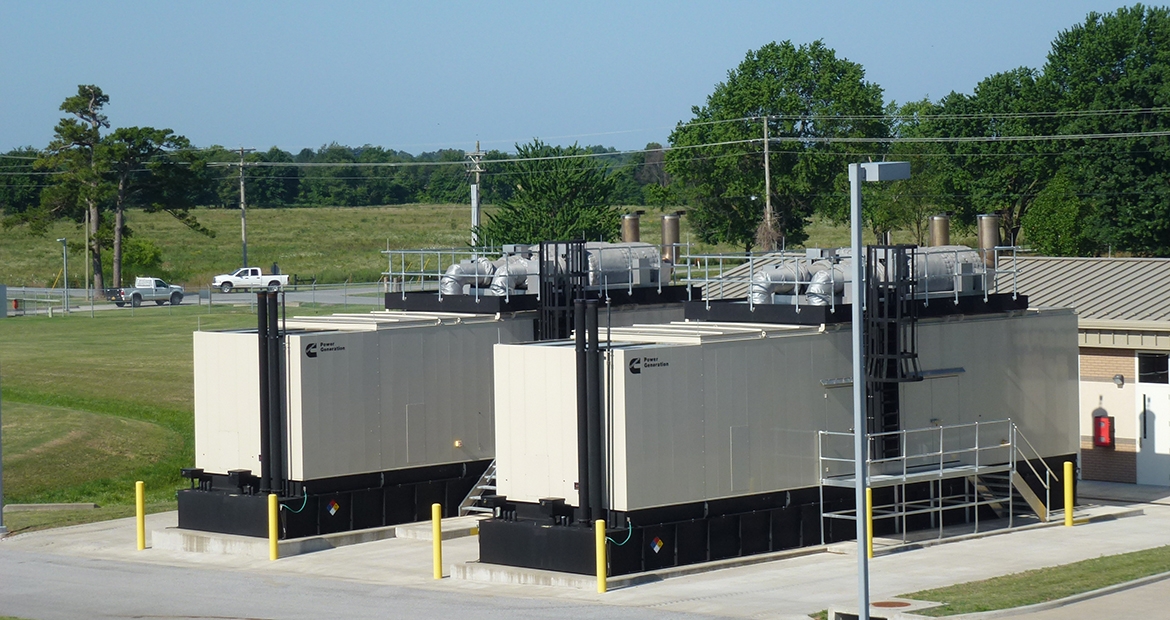As Water Demand Rises, So Does Power, With Cummins Emissions Capability and Expert Consultation
Beaver Water District provides treated drinking water from Beaver Lake to homes and businesses throughout northwestern Arkansas (USA). The University of Arkansas, Walmart headquarters and JB Hunt headquarters are some of the customers served by Beaver Water District.

